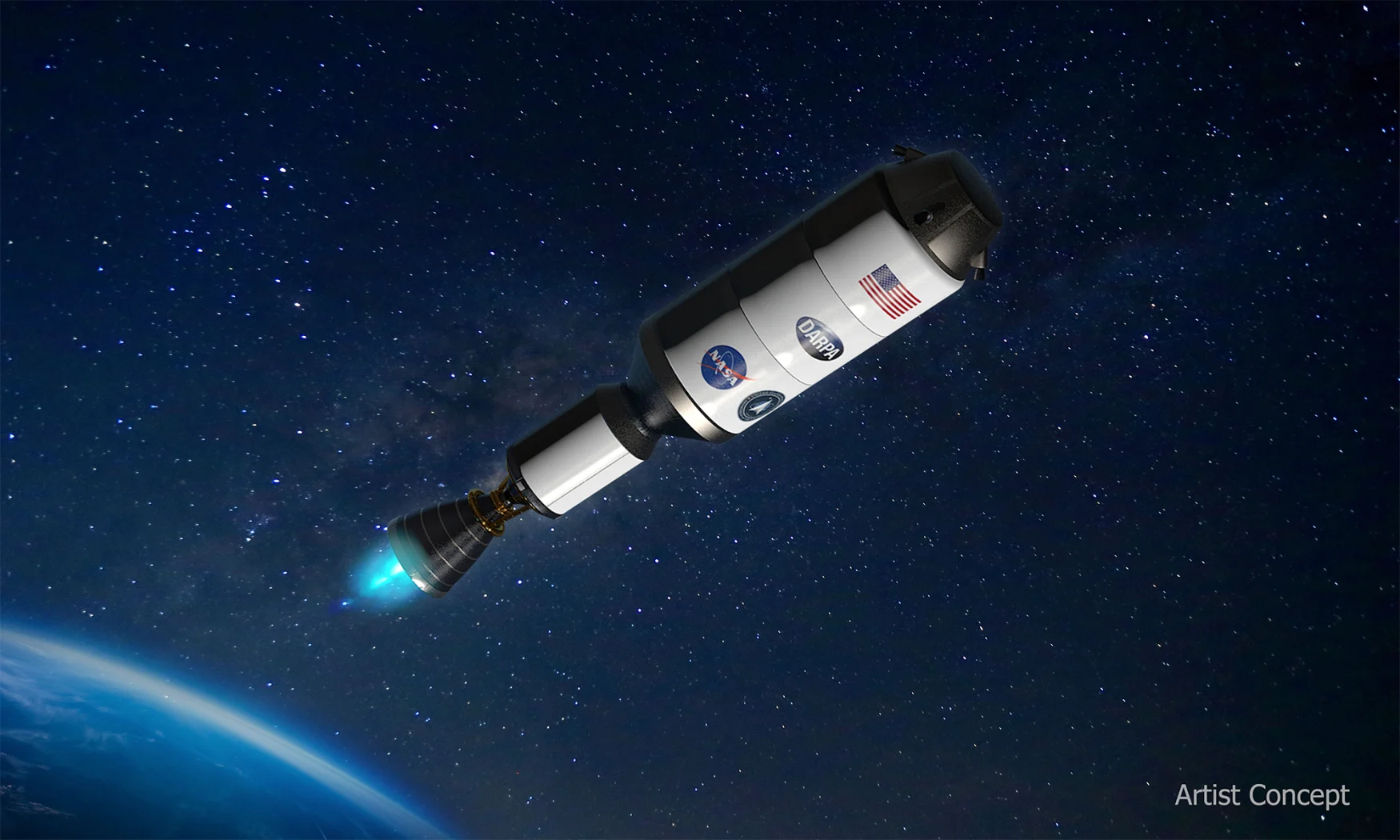NASA picks Lockheed Martin to build nuclear rocket for Mars travels
NASA and DARPA have chosen aerospace and defence company Lockheed Martin to develop a spacecraft with a nuclear thermal rocket engine. Announced in January, the initiative — in which BWX Technologies will provide the reactor and fuel — is dubbed the Demonstration Rocket for Agile Cislunar Operations (DRACO). The agencies aim to showcase the tech no later than 2027 with an eye toward future Mars missions.
Nuclear thermal propulsion (NTP) has several advantages over chemically propelled rockets. First, it’s two to five times more efficient, allowing ships to travel faster and farther with greater agility. In addition, its reduced propellant needs leave more room on the spaceship for storing scientific equipment and other essential, Engadget reports.
It also provides more options for abort scenarios, as the nuclear engines make it easier to alter the ship’s trajectory for a quicker-than-expected return trip. These factors combine to make NTP (perhaps) the ideal Mars travel method.
“These more powerful and efficient nuclear thermal propulsion systems can provide faster transit times between destinations,” said Kirk Shireman, VP of Lunar Exploration Campaigns for Lockheed Martin. “Reducing transit time is vital for human missions to Mars to limit a crew’s exposure to radiation.”

The NTP system will use a nuclear reactor to heat hydrogen propellant rapidly to extremely high temperatures. That gas is funnelled through the engine’s nozzle, creating the ship’s thrust. “This nuclear thermal propulsion system is designed to be extremely safe and reliable, using High Assay Low Enriched Uranium (HALEU) fuel to rapidly heat a super-cold gas, such as liquid hydrogen,” BWX said today. “As the gas is heated, it expands quickly and creates thrust to move the spacecraft more efficiently than typical chemical combustion engines.”
To help quell concerns about radioactive leaks in the Earth’s atmosphere, NASA and DARPA plan not to power up the reactor until the ship has reached a “nuclear safe orbit,” where any tragedies would occur outside the zone where it would affect Earth. The agencies aim for a nuclear spacecraft demonstration by 2027, launched from a conventional rocket until it reaches “an appropriate location above low earth orbit.”
Nuclear reactors will also likely play a key role in powering future Martian habitats, with NASA testing small and portable versions of the tech as far back as 2018.
Before NTP propels the first humans to Mars, it could find use on much shorter flights, as nuclear-powered spacecraft could also make transporting material to the Moon more efficient. “A safe, reusable nuclear tug spacecraft would revolutionize cislunar operations,” said Shireman. “With more speed, agility and manoeuvrability, nuclear thermal propulsion also has many national security applications for cislunar space.”








